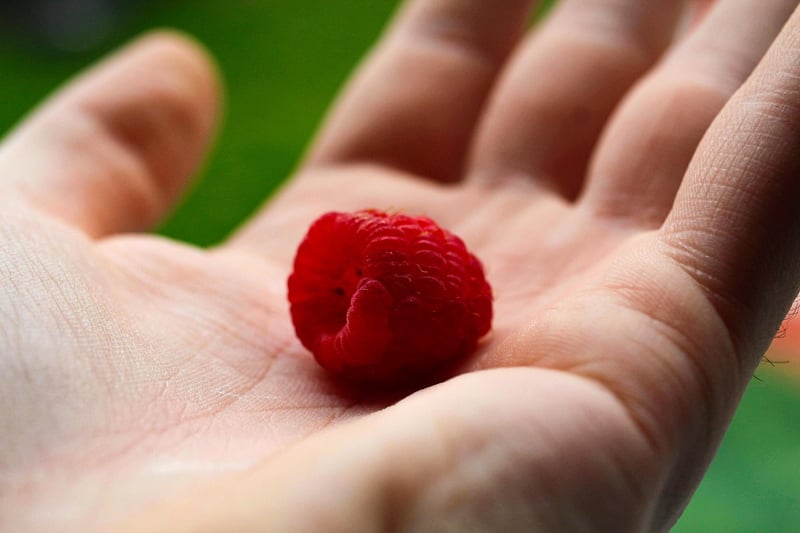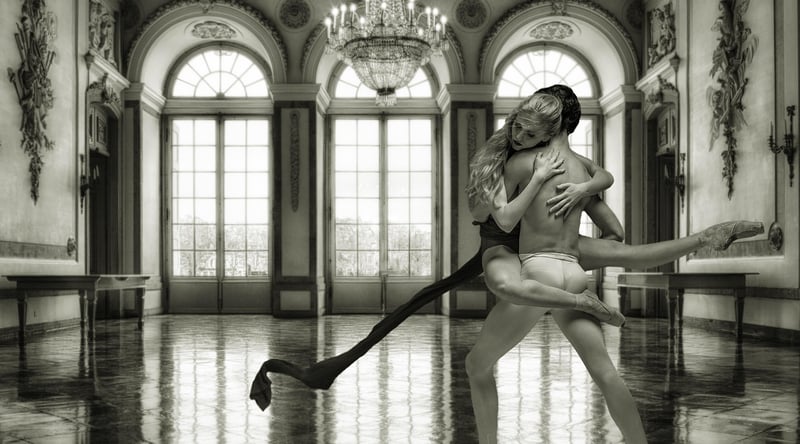Hip Hop
Exploring Expressive Movement Forms in Hip Hop
Hip Hop, a cultural movement that emerged in the 1970s in the Bronx, New York City, has evolved into a globally recognized art form encompassing various expressive movement styles. From breakdancing to krumping, Hip Hop dance forms have become a significant part of the larger Hip Hop culture.
Breakdancing: The Foundation of Hip Hop Dance
Breakdancing, also known as breaking, is one of the original Hip Hop dance styles that gained popularity in the 1980s. Characterized by its acrobatic movements, intricate footwork, and floor spins, breakdancing is a visually captivating form of expression that requires strength, agility, and creativity.

Krumping: Raw Emotion and Energy
Krumping is a high-energy, expressive dance style that originated in the early 2000s in South Central Los Angeles. Known for its intense movements, chest pops, and arm swings, krumping is a form of dance that channels raw emotion and inner feelings into powerful physical expressions.

Popping and Locking: Precision and Isolation
Popping and locking are intricate dance techniques within the Hip Hop genre that focus on creating sharp, precise movements and isolating different parts of the body. Popping involves contracting and relaxing muscles to create a popping effect, while locking emphasizes quick, distinct movements and pauses.

Freestyle: Unleashing Creativity
Freestyle dance is a core element of Hip Hop culture that allows dancers to express themselves spontaneously and creatively. Whether in a cypher (a circle of dancers) or on a stage, freestyle dance encourages individuality, improvisation, and personal style.

Conclusion
Hip Hop dance forms encompass a wide range of expressive movement styles that continue to evolve and influence the dance world. From breakdancing to krumping, popping and locking to freestyle, Hip Hop offers a platform for dancers to showcase their creativity, passion, and individuality through the power of movement.
